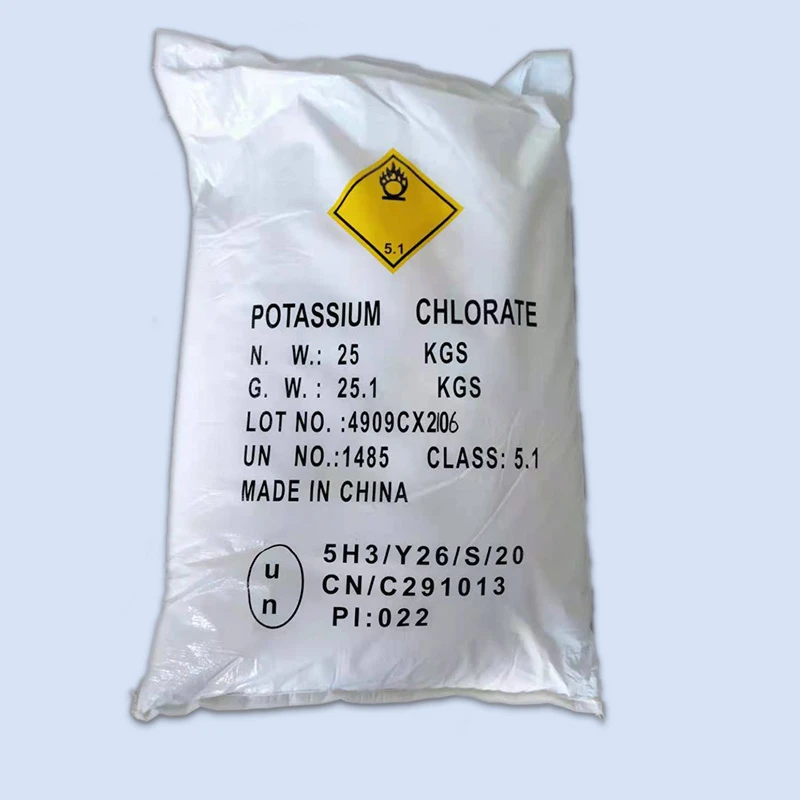



msds naoh 10
Understanding MSDS for 10% Sodium Hydroxide Solution
The Material Safety Data Sheet (MSDS) for 10% Sodium Hydroxide (NaOH) is a crucial document that provides essential information pertaining to the safe handling, storage, and emergency measures associated with this corrosive chemical. Sodium hydroxide, often referred to as lye or caustic soda, is widely used across various industries, including food processing, textiles, and pharmaceuticals, due to its effective alkaline properties.
Chemical Identification
Sodium hydroxide is a white, odorless solid that is highly soluble in water, where it dissociates to release hydroxide ions (OH-). This property makes it a strong base with a high pH, capable of causing severe chemical burns. In a 10% solution, it retains many of these dangerous characteristics, requiring operators to utilize adequate protective equipment.
Hazards Identification
The MSDS for 10% NaOH outlines several health hazards associated with exposure to this chemical.
1. Corrosivity Sodium hydroxide is corrosive to living tissues, causing severe burns upon skin contact. It can also cause permanent eye damage, and inhalation of the dust or mist can irritate, causing respiratory distress.
2. Environmental Risks The chemical poses risks to aquatic environments if released in large quantities. Its ultimate fate in the environment leads to significant shifts in pH, potentially harming aquatic life.
First-Aid Measures
In the event of exposure to a 10% sodium hydroxide solution, the MSDS provides critical first-aid measures
msds naoh 10

- Skin Contact Immediate flushing with plenty of water for at least 15 minutes is essential. Contaminated clothing should be removed promptly to prevent further skin contact. - Eye Contact It is crucial to rinse the eyes cautiously with water for several minutes and seek immediate medical attention. - Inhalation If inhaled, the affected individual should be moved to fresh air immediately, and medical assistance should be sought if symptoms persist.
Safety Measures
To mitigate exposure risks, the MSDS recommends abiding by several safety measures
- Personal Protective Equipment (PPE) Appropriate gloves, goggles, and face shields must be worn when handling sodium hydroxide. Protective clothing should also be used to prevent skin exposure. - Proper Storage Sodium hydroxide solutions should be stored in a cool, well-ventilated area, away from incompatible substances like acids and metals that may react violently upon contact.
Handling Procedures
When working with a 10% NaOH solution, it's essential to implement standard operating procedures that assure safety
- Use fume hoods or designated ventilation systems to prevent inhalation of vapors. - Ensure that there are readily available and functioning emergency showers and eyewash stations near areas where sodium hydroxide is handled.
Conclusion
Understanding the MSDS for 10% sodium hydroxide is vital for workers and employers alike to ensure a safe working environment. Proper education on hazards, handling procedures, and emergency response is key to minimizing risks associated with this chemical. By adhering to the recommendations outlined in the MSDS, individuals can prevent accidents and maintain safety in the workplace, ensuring that sodium hydroxide can be utilized effectively and safely across various applications.
-
Why Sodium Persulfate Is Everywhere NowNewsJul.07,2025
-
Why Polyacrylamide Is in High DemandNewsJul.07,2025
-
Understanding Paint Chemicals and Their ApplicationsNewsJul.07,2025
-
Smart Use Of Mining ChemicalsNewsJul.07,2025
-
Practical Uses of Potassium MonopersulfateNewsJul.07,2025
-
Agrochemicals In Real FarmingNewsJul.07,2025
-
Sodium Chlorite Hot UsesNewsJul.01,2025










